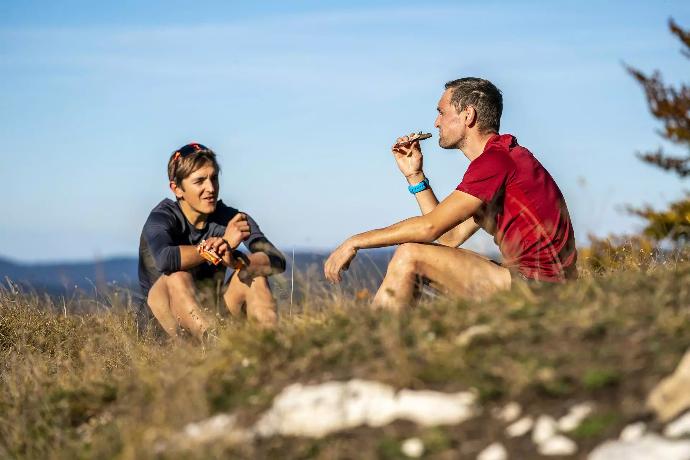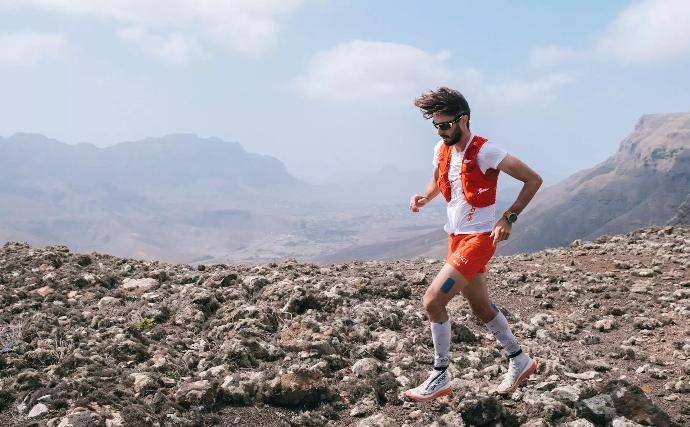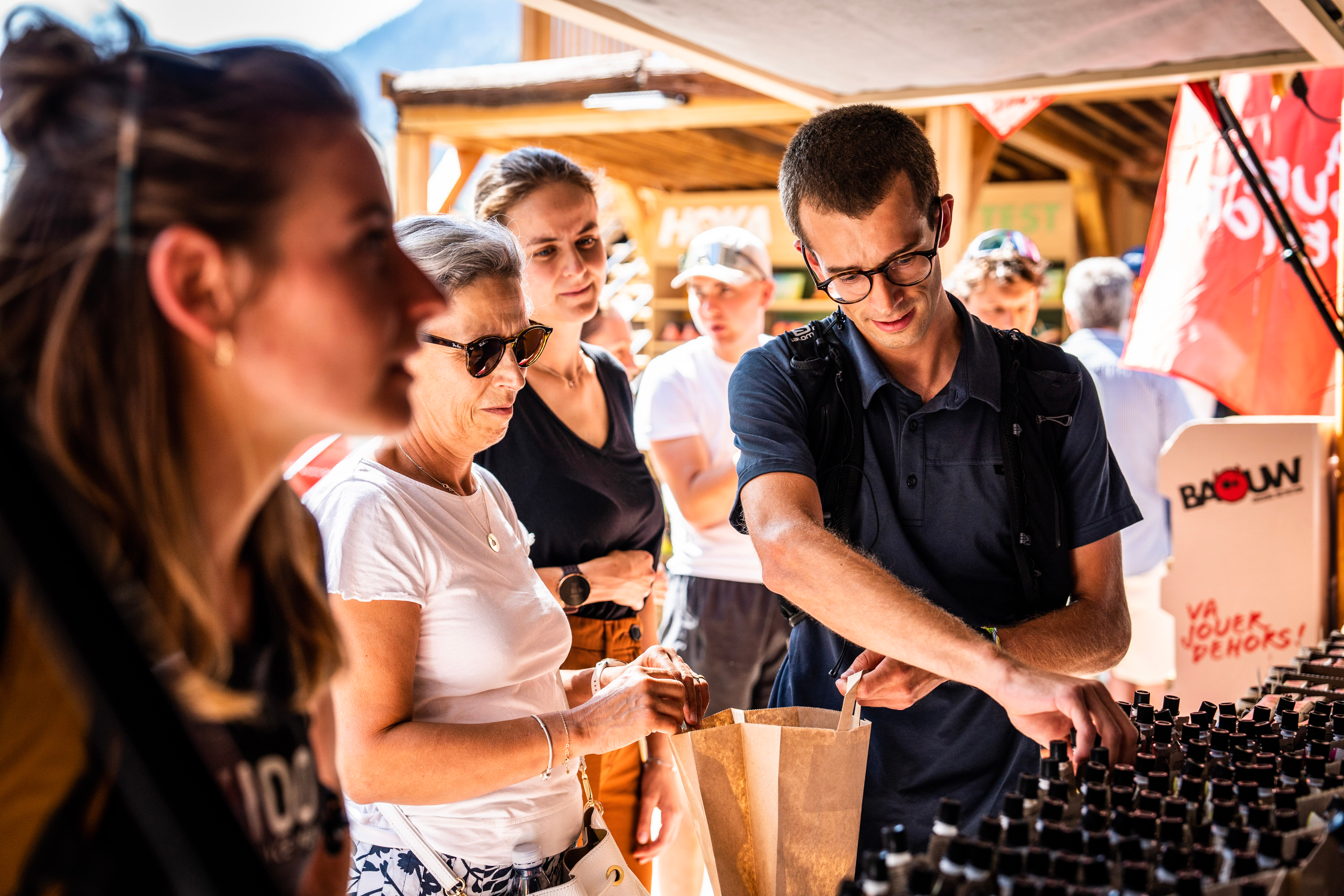You've prepared superbly and you're in great shape. The day of your long-awaited trail or cyclo-cross arrives and there it is... legs like concrete, ‘stomach cramps’, a stabbing sensation under the right flank, diarrhoea... I'm continuing the list of symptoms familiar to many endurance sports enthusiasts? Or shall I stop there and you've got it? What if I told you that the pre-competition dinner was the culprit? With the pasta from its traditional ‘pasta party’ and its gluten... Detailed explanations from Benoit Nave, nutrition expert and former top-level cyclist.
THE ‘CARBOHYDRATE’ WINDOW
To better understand the possible negative effects of ‘force-feeding’ traditional pasta (hear: ‘classic gluten pasta’) before a competition or major sporting effort, a little simplified physiology is in order.
First of all, it's important to remember that muscle glycogen is essentially stored at the end of an effort (trail session or other), during the 2 to 6 hours following the end of the sport. This is the window of optimal carbohydrate absorption (in the truly nutritional sense, not in the sense of taste in the mouth). At Baouw, we often refer to this as the ‘carbohydrate window’.
Logically, you should eat these carbohydrates after your last trail training session in order to build up optimal glycogen stocks for the day of the event.
Une fois cette « fenêtre métabolique » passée, les glucides que tu ingères seront stockés pour partie sous forme de glycogène mais dans ton foie, en petite quantité, et pour le reste… dans tes cellules adipeuses, sous forme de graisse ! Bof, bof.
THE DIGESTIVE SYSTEM PUT TO THE TEST
The second potentially harmful effect directly concerns your digestive system. For many adults in the Western world, this is already in a precarious balance, and is even more fragile in endurance sports (trail running is no exception, and even less so ultra-trail running). Ah?! OK, a few explanations are in order!
Scientists speak of an ‘ecosystem’ because this precarious balance is dependent on a number of interacting elements. There are three main components.
- The cells that make up the mucous membrane (the ‘wall’ separating the inside of your intestine from the inside of your body) where exchanges take place to ensure all the functions of filtration and absorption, among others (and this is very important because many of our body's automatic functions are played out here).
The cells of the immune system (three-quarters of our immunity is produced or matures in the intestine), which are responsible for our fight against external aggression.
- These first two elements only function optimally thanks to the third, the bacterial flora (nothing to do with the one you can admire on your trail, ha ha).
Our eating habits (including our current very high consumption of sugary products, a good way of becoming aware of this and comparing them with those of our grandparents) and the use of medicines have largely upset the balance of this ecosystem.
Let's take a closer look at what happens when you do trail running or similar sports. Alternating periods during which the intestine is very poorly vascularised (during exercise, the blood is redirected to the muscles, to put them into effective action) and then highly revascularised (during the meal that follows the effort) puts our intestine in distress. The flora and cells of the mucous membrane are really put to the test in certain sports!
When the athlete is a runner (trail or road running), we can add to this the repeated micro-shocks received with each stride. All these destabilising factors combine to make the intestinal ecosystem even more fragile.
THE EFFECTS OF A PASTA PARTY
Let's get back to our culinary concerns.
How is a triple plate of pasta the night before your trail run or competition going to spread panic?
Because pasta is very rich in gluten, gluten is a complex protein that's very difficult to digest, and we humans haven't yet adapted.
We don't yet have the necessary genetic material, because of the recent introduction of gluten into the human diet (10,000 years ago), and even more so if we consider the hard or soft wheats that we now eat (over the last 30 or 40 years perhaps).
We have not developed genes capable of producing the enzymes needed to digest gluten properly. Our digestive and immune enzyme systems are often at a loss when faced with these virtually unknown elements.
Gluten also behaves like a kind of glue, sticking to the lining of the intestine. So here we have a potentially explosive combination that can generate inflammation, immune reactions and major transit disturbances... The appearance of one of these imbalances does not exclude the appearance of the others! The symptoms mentioned in the preamble, apart from the first (concrete legs, which are due to carbohydrate overload, which alters lymphatic circulation), are all due to these imbalances.
Running and other sports are also greatly affected.
Gut health is one of the keys to general health. And that means performance in trail running, as in any other sport. Gluten represents a serious threat to a weakened intestine. It's the fuel to the fire.
So, at the very least, we should ban glutenous foods for a few days before a trail run or any other event. And let's repeat: NO, the pasta party won't be coming my way!
By Benoît Nave, holder of the European Diploma in Micronutrition, Food, Prevention and Health (Paris Descartes Faculty of Medicine).
Baouw bars and purées are ideal for exercise, as none of them contain gluten. Specially designed for sport, they'll ease your digestion and give you everything you need to live your adventures to the full.









